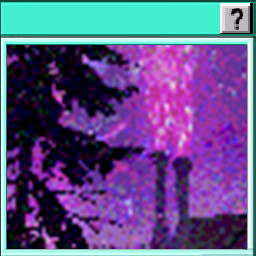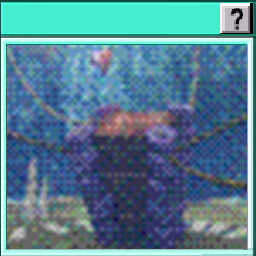Steam installeren
inloggen | taal
ń«ĆõĮōõĖŁµ¢ć (Chinees, vereenvoudigd) ń╣üķ½öõĖŁµ¢ć (Chinees, traditioneel) µŚźµ£¼Ķ¬× (Japans) ĒĢ£ĻĄŁņ¢┤ (Koreaans) Ó╣äÓĖŚÓĖó (Thai) ąæčŖą╗ą│ą░čĆčüą║ąĖ (Bulgaars) ─īe┼Ītina (Tsjechisch) Dansk (Deens) Deutsch (Duits) English (Engels) Espa├▒ol-Espa├▒a (Spaans - Spanje) Espa├▒ol - Latinoam├®rica (Spaans - Latijns-Amerika) ╬Ģ╬╗╬╗╬Ę╬Į╬╣╬║╬¼ (Grieks) Fran├¦ais (Frans) Italiano (Italiaans) Bahasa Indonesia (Indonesisch) Magyar (Hongaars) Norsk (Noors) Polski (Pools) Portugu├¬s (Portugees┬ - Portugal) Portugu├¬s - Brasil (Braziliaans-Portugees) Rom├ón─ā (Roemeens) ą čāčüčüą║ąĖą╣ (Russisch) Suomi (Fins) Svenska (Zweeds) T├╝rk├¦e (Turks) Tiß║┐ng Viß╗ćt (Vietnamees) ąŻą║čĆą░茹Įčüčīą║ą░ (Oekra├»ens) Een vertaalprobleem melden


 California, United States
California, United States























Inorganic chloramines
Inorganic chloramines comprise three compounds: monochloramine (NH2Cl), dichloramine (NHCl2), and nitrogen trichloride (NCl3). Monochloramine is of broad significance as a disinfectant for water.[3]
Organic chloramines
N-Chloropiperidine is a rare example of an organic chloramine.[4]
Chloramine-T is often referred to as a chloramine, but it is really a salt (CH3C6H4SO2NClNa) derived from a chloramine.[5]
Organic chloramines feature the NCl functional group attached to an organic substituent. Examples include N-chloromorpholine (ClN(CH2CH2)2O), N-chloropiperidine, and N-chloroquinuclidinium chloride.
Chloramines are commonly produced by the action of sodium hypochlorite on secondary amines: